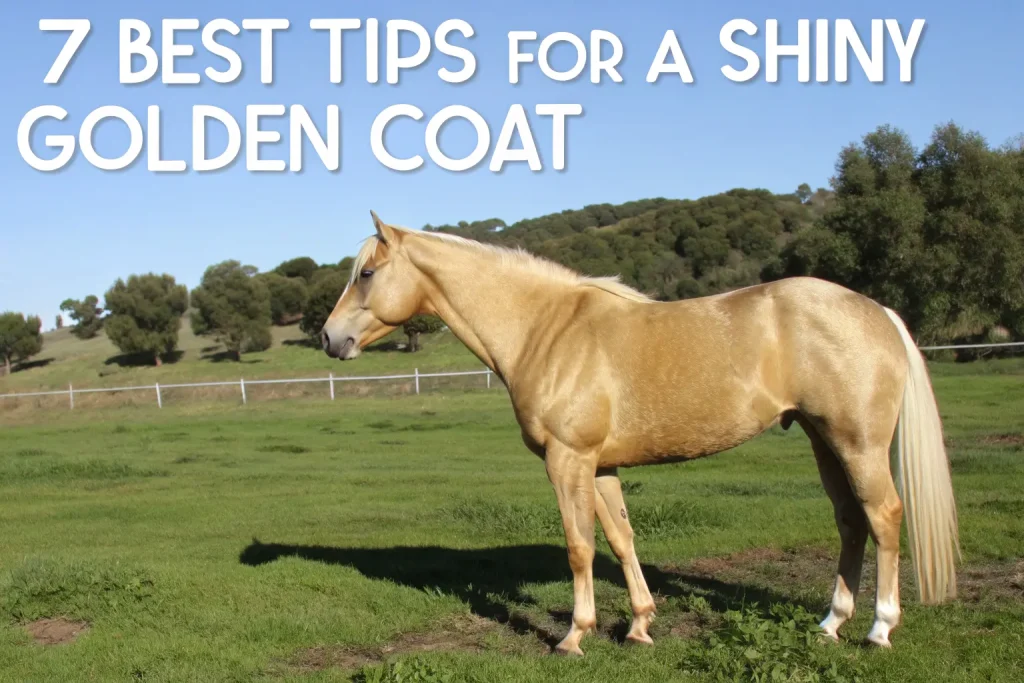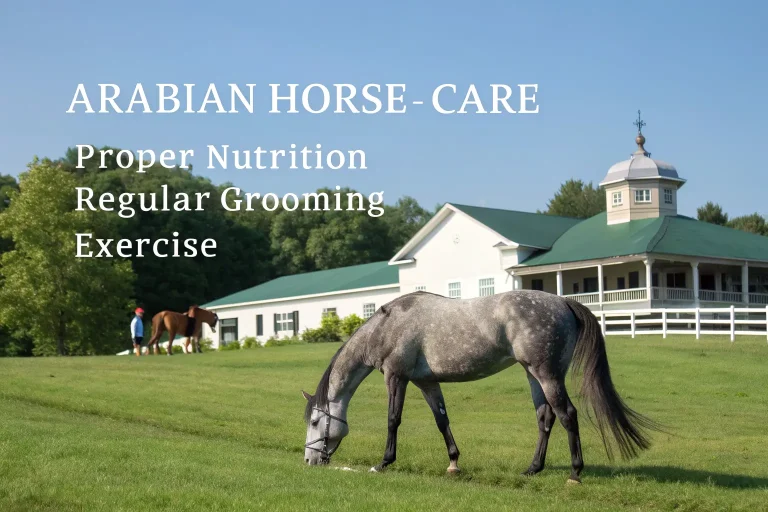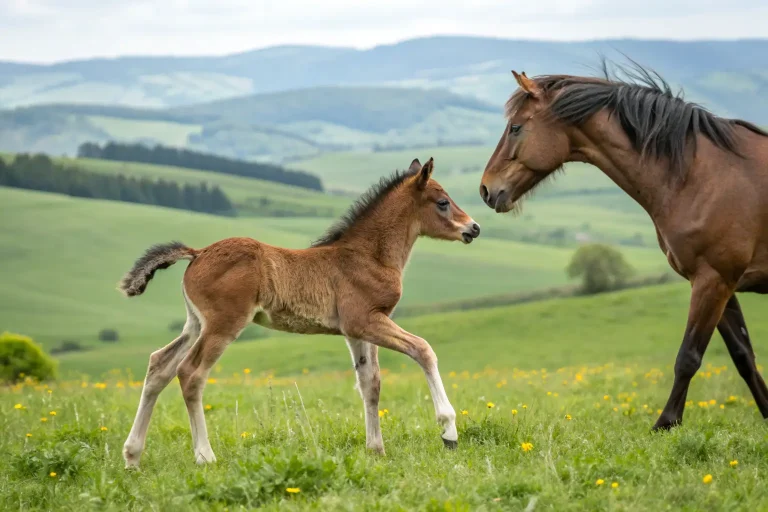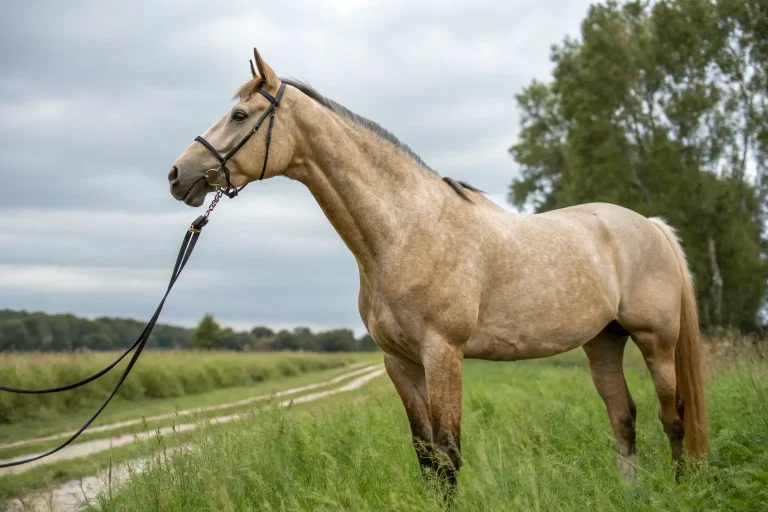“Palomino Horse Care: 7 Best Tips for a Shiny Golden Coat”
Discover expert techniques to maintain your palomino horse’s signature golden coat in top condition. From specialized grooming routines to essential nutritional guidance, these seven proven strategies will help your palomino horse shine with unparalleled radiance and health.
Introduction
The palomino horse, with its gleaming golden coat and flowing white mane and tail, stands as one of the most visually striking equines in the world. This distinctive coloration—ranging from light cream to rich gold—has captivated horse enthusiasts for centuries, making palominos favorites in parades, shows, and recreational riding.
Caring for a palomino horse goes beyond standard equine maintenance, particularly when it comes to preserving and enhancing that signature golden coat. The unique genetics behind this coloration requires specialized attention to truly shine at its potential brilliance.
Did you know that palominos aren’t actually a breed, but a color? This golden hue results from a specific genetic combination—a chestnut base with one cream dilution gene—which can appear in numerous horse breeds including Quarter Horses, Thoroughbreds, and Morgans.
Species Overview
Scientific Classification
While palomino refers to a color rather than a specific breed, all palomino horses belong to:
- Scientific Name: Equus caballus
- Family: Equidae
- Order: Perissodactyla
Physical Characteristics
The palomino horse showcases truly distinctive features that make it instantly recognizable:
- Coat Color: Golden to brass color, ranging from light cream to rich gold
- Mane and Tail: White or very light cream, creating striking contrast with the body
- Eyes: Usually dark, though some may have amber eyes
- Size: Varies by breed, typically standing 14.2-17 hands high
- Weight: Usually between 900-1,200 pounds, depending on breed
For a horse to qualify as a true palomino, the coat must fall within specific color parameters—neither too light (approaching cremello) nor too dark (resembling chestnut)—and maintain the characteristic white mane and tail.
Genetic Basis
The palomino coloration stems from a specific genetic formula:
- One copy of the cream dilution gene (Cr)
- A chestnut base coat (e/e)
This precise genetic combination creates the golden coat that defines the palomino horse, making it a fascinating study in equine color genetics.
Habitat and Distribution
Natural Range
Palomino horses, like all domestic horses, don’t have a natural wild habitat. As a color variation that appears across numerous breeds, palominos can be found worldwide wherever horses are bred and kept.
Geographic Prevalence
While palominos appear globally, certain regions have developed stronger associations with these golden horses:
- American West: Particularly popular in Western riding disciplines
- Spain: Historical significance with Spanish breeding programs
- Mexico: Featured prominently in traditional Mexican horsemanship
Adaptations
Palomino horses haven’t developed specific environmental adaptations related to their coloration. However, their light coat can present both advantages and challenges:
- Summer Heat: The lighter color reflects more sunlight, potentially providing some cooling benefit
- Sun Sensitivity: The lighter skin underneath the coat may be more susceptible to sunburn, particularly on the nose and around the eyes
Diet and Feeding Habits
Nutritional Requirements
Palomino horses share the same basic nutritional needs as horses of other colors, requiring:
- Forage: 1.5-2% of body weight daily in hay or pasture
- Protein: 10-12% for adult maintenance
- Essential Minerals: Particularly copper and zinc, which can influence coat quality
- Clean Water: Constant access to fresh water (10-12 gallons daily)
Diet for Coat Enhancement
A palomino’s brilliant golden coat can be significantly enhanced through specific nutritional strategies:
- Omega Fatty Acids: Flaxseed, chia seeds, or specialized equine omega supplements
- Biotin: 15-20mg daily to strengthen coat and hooves
- Zinc and Copper: Essential for coat pigmentation and shine
- Vitamin A: Supports skin health and coat production
Remember that any dietary changes should be introduced gradually to avoid digestive upset.
Behavior and Social Structure
Natural Behaviors
Like all horses, palominos are inherently social herd animals with well-developed communication systems:
- Herd Dynamics: Prefer company and typically establish clear hierarchies
- Communication: Use vocalizations, ear positions, and body language
- Flight Response: Possess natural vigilance as prey animals
- Play Behavior: Particularly evident in younger horses, involving running, mock fighting, and social games
Training Considerations
While palominos don’t exhibit breed-specific behavioral traits (since they’re defined by color rather than breed), they’ve gained certain reputations:
- Showmanship: Often selected for their striking appearance in performance settings
- Visibility: Their golden color makes them more noticeable, potentially requiring additional desensitization training for some performance contexts
- Public Perception: Sometimes incorrectly assumed to have specific temperaments due to their popularity in entertainment (like Roy Rogers’ famous palomino, Trigger)
Conservation Status
Population Status
As a color variation rather than a distinct species or breed, palomino horses don’t have a conservation status. Their numbers remain healthy worldwide, with the coloration appearing consistently across many breeds.
Organizations
Several organizations focus specifically on palomino horses:
- Palomino Horse Association (PHA): Maintains color standards and registries
- Palomino Horse Breeders of America (PHBA): Promotes palomino horses in competition and breeding
- Color Breed Councils: Work across breed associations to support color-specific interests
7 Best Tips for a Shiny Golden Coat

1. Implement a Specialized Grooming Routine
Palomino horses require particular grooming attention to maintain their signature golden gleam:
Daily Maintenance:
- Use a soft brush to remove surface dust without damaging hair
- Apply a specialized coat polish or conditioner formulated for light-colored horses
- Regularly clean the white mane and tail with bluing shampoo to prevent yellowing
“I’ve found that consistent daily grooming makes an enormous difference in my palomino’s coat. Just ten minutes each day keeps that gold color popping,” says Sarah Miller, professional palomino exhibitor.
2. Provide Optimal Nutrition for Coat Health
A palomino’s diet directly impacts coat quality and color vibrancy:
Coat-Enhancing Nutrients:
- Feed 1/4 cup of flaxseed oil daily for omega fatty acids
- Supplement with 20mg biotin daily
- Ensure adequate protein (12-14%) during coat growth seasons
- Add paprika (2 tablespoons daily) to enhance golden tones (note: test for competition regulations)
Research from Equine Nutritional Sciences shows that horses receiving omega-3 supplementation displayed 30% more coat shine after 60 days compared to control groups.
3. Use Sun Protection Strategies
The golden coat of palominos needs protection from sun damage:
Sun Management:
- Provide access to shade during peak daylight hours (10am-4pm)
- Use UV-protective fly sheets in light colors
- Apply equine sunscreen to light-skinned areas, particularly the nose
- Consider night turnout during intense summer heat
“My palomino developed severe sunburn before I implemented proper protection,” warns veterinarian Dr. James Chen. “Preventing sun damage is much easier than treating it.”
4. Implement Strategic Bathing Practices
Proper bathing techniques preserve natural oils while enhancing coat brilliance:
Bathing Protocol:
- Limit full baths to once monthly to preserve natural oils
- Use color-enhancing shampoos specifically formulated for palominos
- Always follow with a cream rinse conditioner
- Rinse thoroughly—residual shampoo causes dullness and irritation
For quick cleaning between shows, try this mixture: 1 cup white vinegar, 1 cup alcohol, 1 tablespoon glycerin, and 1 gallon water. Spray on, wipe down, and allow to air-dry for enhanced shine without stripping oils.
5. Maintain Meticulous Internal Parasite Control
Parasite burdens significantly impact coat quality:
Deworming Strategy:
- Implement a veterinarian-directed strategic deworming program
- Perform fecal egg counts quarterly to monitor parasite loads
- Keep paddocks clean to reduce reinfection
- Consider daily dewormers during high-risk seasons
A study from the Equine Parasitology Research Center found horses maintained on proper parasite control programs showed measurably improved coat luster within three months compared to inadequately treated horses.
6. Perfect Your Blanketing Strategy
Strategic blanketing preserves coat color and condition:
Seasonal Blanketing:
- Use lightweight sun sheets during summer to prevent bleaching
- Implement waterproof turnout blankets in wet weather to keep the coat clean
- Consider stable sheets to minimize dust accumulation
- Use cooling sheets after workouts to prevent sweat staining
“My showing schedule requires perfect coat condition year-round,” explains professional trainer Emily Roberts. “My palominos wear appropriate sheets in every season—it’s like having the right wardrobe for your horse.”
7. Incorporate Coat-Enhancing Supplements
Targeted supplementation can significantly boost palomino color and shine:
Effective Supplements:
- Black oil sunflower seeds (1/2 cup daily)
- Horsetail herb (supports silicon production for hair strength)
- Copper and zinc in balanced ratios
- Vitamin E (1,000 IU daily) for skin health
Supplement choices should be made carefully, as excess supplementation can cause imbalances. Always consult your veterinarian before adding supplements to your horse’s diet.
Interesting Facts
The name “palomino” likely comes from Juan de Palomino, a 16th-century Spanish conquistador known for breeding golden horses.
The Palomino Horse Association requires horses to match a newly minted gold coin for color registration.
Famous palominos include Mister Ed from the 1960s TV show, Roy Rogers’ Trigger, and the Lone Ranger’s occasionally-palomino mount, Silver.
While most palominos have the traditional chestnut base with cream dilution, the same golden appearance can occasionally result from different genetic combinations.
The Palomino color actually became standardized and widely promoted largely through Hollywood’s influence in the 1940s and 1950s.
A true palomino has approximately a 50% chance of producing another palomino when bred to a chestnut horse.
Role in the Ecosystem
Domestic Significance
As domestic animals, palomino horses fulfill several important roles:
- Agricultural Work: Historical importance in farming and ranching
- Recreation: Valued partners in trail riding, companionship, and therapy programs
- Competition: Featured prominently in Western disciplines, parades, and showmanship events
- Cultural Significance: Symbolize the American West in art, literature, and film
Environmental Considerations
While not wild animals with ecosystem roles, responsible palomino ownership includes:
- Land Management: Proper grazing rotation to prevent overgrazing
- Waste Management: Appropriate manure handling to prevent water contamination
- Resource Consumption: Awareness of feed, water, and land requirements
Conclusion
The palomino horse, with its captivating golden coat, represents one of the most visually striking color patterns in the equine world. Maintaining that signature shine requires a combination of specialized grooming, strategic nutrition, environmental management, and consistent care practices.
By implementing the seven key strategies outlined in this guide—specialized grooming, targeted nutrition, sun protection, proper bathing techniques, parasite control, strategic blanketing, and coat-enhancing supplementation—palomino owners can maximize their horse’s natural golden brilliance.
Remember that a truly radiant coat reflects overall health, so these practices benefit not just your palomino’s appearance but their wellbeing too. The gleaming gold coat that turns heads at shows or on trails comes from comprehensive care that addresses both external maintenance and internal health.
Whether you’re preparing for competition or simply want your golden companion to look their best, these proven techniques will help your palomino horse achieve that coveted metallic shine that makes this color pattern so universally admired.
Frequently Asked Questions
Q: Is palomino considered a horse breed?
A: No, palomino is strictly a color pattern rather than a breed. This golden coloration can appear in numerous horse breeds including Quarter Horses, Thoroughbreds, and Tennessee Walking Horses, provided they carry the specific genetic combination for the palomino color.
Q: What causes a palomino’s golden color?
A: The palomino color results from a specific genetic formula: a chestnut base coat (e/e) plus one copy of the cream dilution gene (Cr). This combination produces the characteristic golden body with lighter mane and tail.
Q: Will my palomino horse’s golden color fade over time?
A: Yes, palominos often experience seasonal color variations, typically appearing darker in winter and lighter (sometimes bleached) in summer. Additionally, some palominos gradually darken with age. Proper management can minimize these changes.
Q: Can I feed supplements to enhance my palomino’s golden color?
A: Yes, certain supplements can enhance coat color, including paprika, flaxseed, and specialized coat-enhancing formulas. However, be aware that some supplements (particularly paprika) can test positive in competition drug screenings, so always check regulations before showing.
Q: How do I prevent my palomino’s white mane and tail from yellowing?
A: Regular cleaning with specialized whitening or bluing shampoos designed for horses can prevent yellowing. Additionally, protective sleeves for tails and application of coat conditioners with UV protection help maintain whiteness. Standing water sources with iron content can also contribute to yellowing.
Q: Are palomino horses more prone to skin problems due to their coloration?
A: Palominos often have lighter skin underneath their coat and may be more susceptible to sunburn, especially on their noses and around their eyes. They require appropriate sun protection during intense sunlight exposure.
Q: How often should I bathe my palomino horse?
A: Full baths should be limited to once monthly to preserve natural oils that contribute to coat shine. Between baths, spot-cleaning techniques and waterless shampoos can maintain cleanliness without stripping essential oils from the coat.







